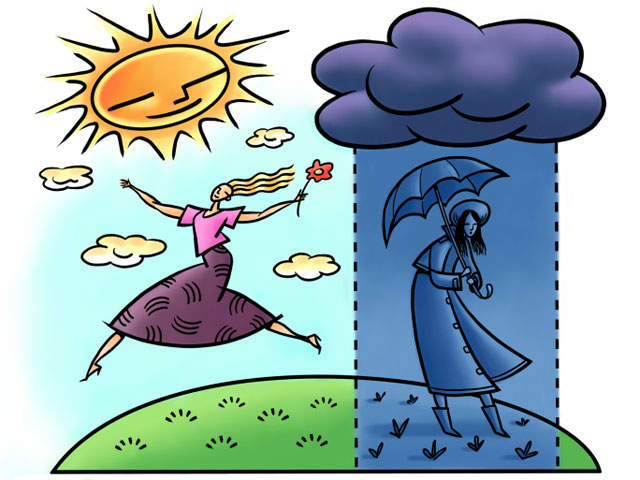I’ll be the first to admit that my patience and general cheerful mood was grossly challenged over the past winter. Those winter blues got me, and with temperatures as low as -40 with the windchill, who could blame me?? That frigid cold made it harder to get out of my cozy bed in the mornings, painful to talk myself into leaving the house at the end of the long day, and near impossible to get my buns to the gym at the end of the day. What I had was a classic case of Seasonal Affective Disorder. No wonder it’s called “SAD”, amirite?? Associated symptoms
- Feeling sad, grumpy, moody, anxious, irritable
- Loss of interest in usual activities
- Difficulty concentrating
- Tiredness or low energy
- Problems getting along with other people
- Hypersensitivity to rejection
- Heavy, “leaden” feeling in the arms or legs
- Oversleeping
- Appetite changes, especially a craving for foods high in carbohydrates
- Weight gain
*Symptoms change seasonally ie. typically start in September/October and improve April/May I’m sure many of you can identify with this BS. Maybe you were beating yourself up about losing interest in spending time with friends or maybe you were confused about why you’ve been feeling so low. If these symptoms started around the fall and persisted through the winter months, you can place that blame right where it belongs – Canadian winters.
We know that melatonin (sleep hormone), serotonin (happy hormone), and your biological clock can each influence the development of SAD. If you suffer from depression or another mood disorder, symptoms of depression may worsen further over the winter months. Women seem to be more affected than men, or at least more commonly diagnosed.
Exercise, Light therapy, and St john’s wort are all natural treatments that have both been demonstrated to be effective at treating depression and SAD. Though I would caution you to talk to a healthcare practitioner before initiating any type of treatment to ensure you’re doing so safely and effectively. Put these tools in your belt for next Fall.
Vitamin D has also been proposed as a treatment for SAD, though studies are small and inconsistent. Reports have identified low vitamin D in patients with depression and Vitamin D is involved in the making of neurotransmitters that play a role in mood. Furthermore, SAD is more common amongst people living at higher latitudes or with greater cloud coverage…
So since it’s finally happening…I mean the sun is peaking through those gloomy clouds, the dirty slush is fading away and I can start plotting the day that I’ll unpack my strappy sandals and lock those horrible chunky Sorels away in storage where they belong!!! …it’s time to get your Vitamin D levels checked. Beginning or end of summer is the BEST time to get your levels checked. Think NOW. Give me a ring or come in for a complementary consult if you wanna chat VITAMIN D!


